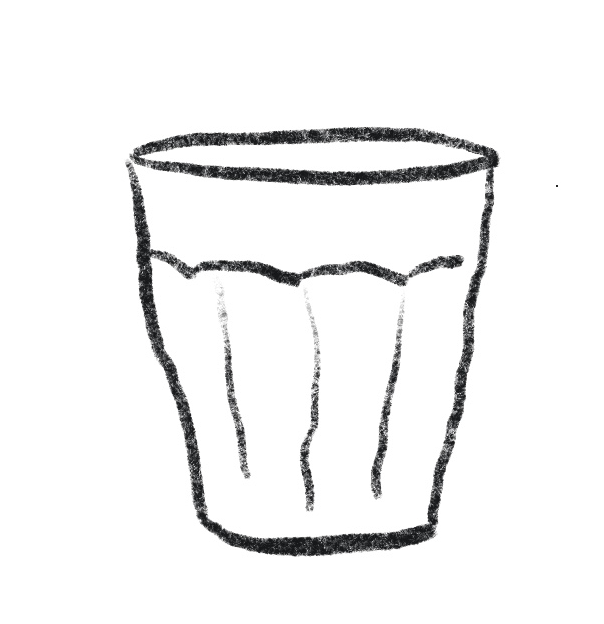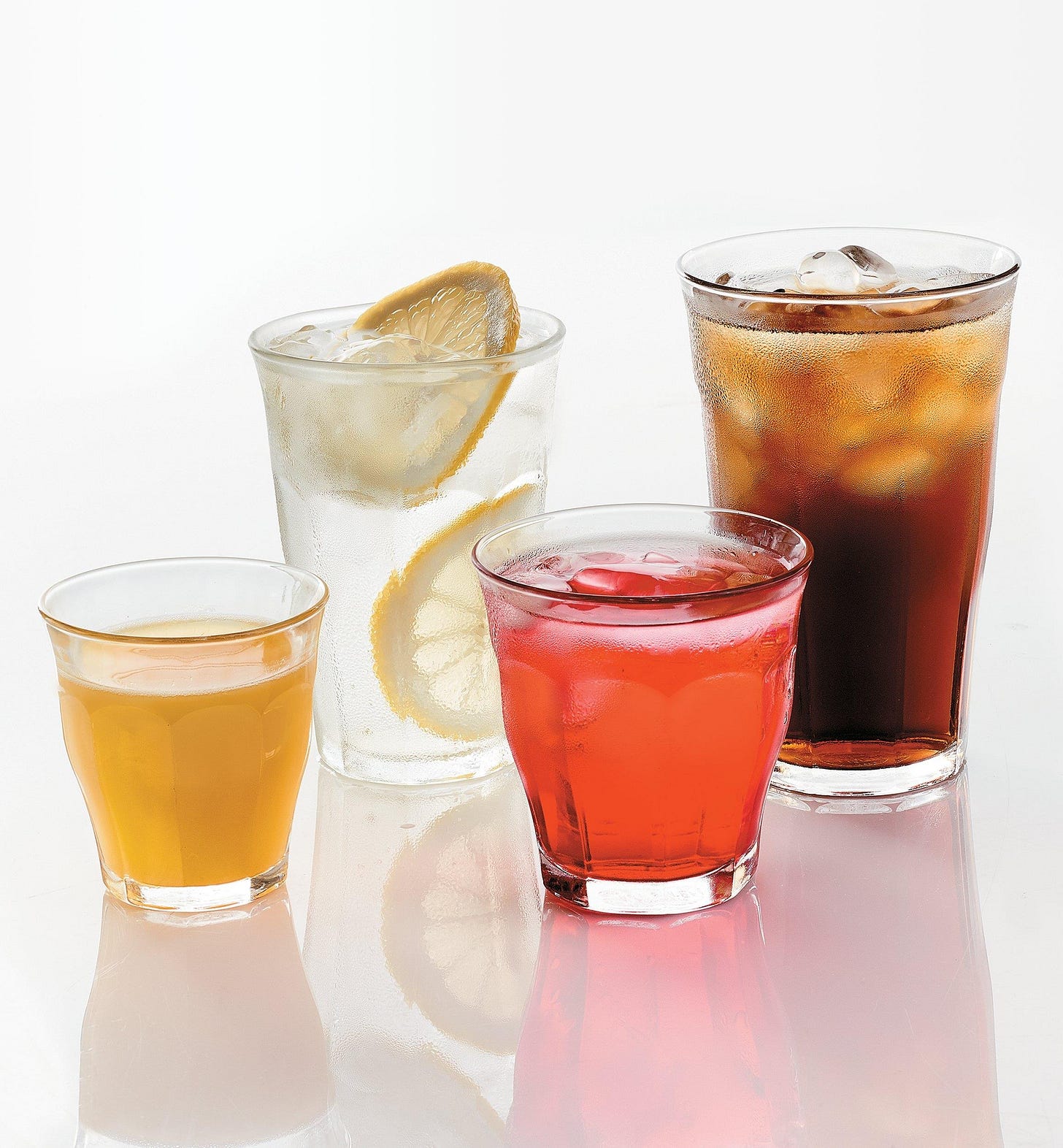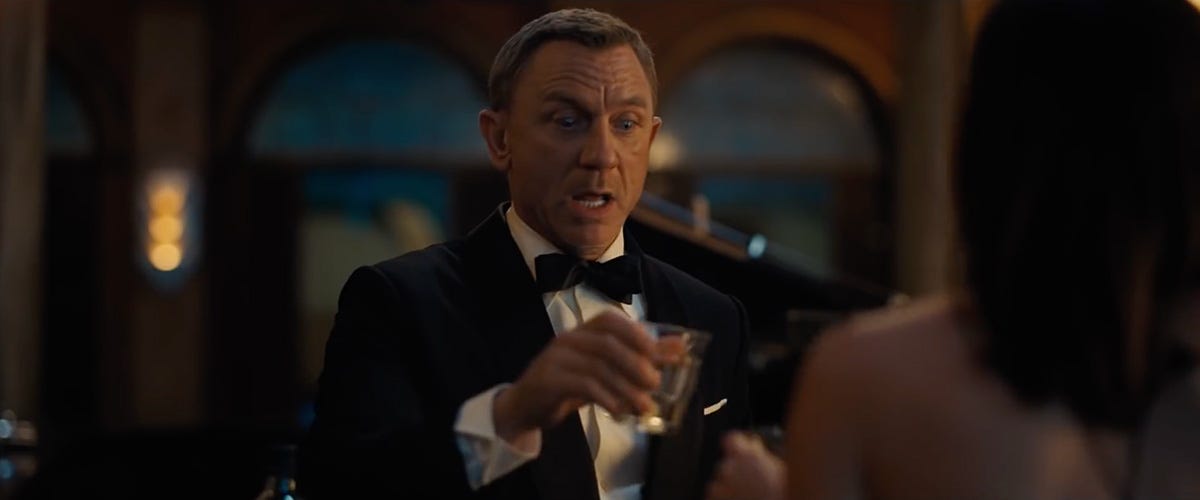To the 200+ subscribers and the 21 who have joined us since last week - welcome! If we don’t already know you, feel free to reply and share a little about yourself. We love to learn about our readers.
Tumblers fill a strange gap in the drinking glass continuum. Living somewhere between drinking glasses and the stemware, they are like the novelty mug of cold drinks.
Because of this, it is interesting to note that restaurants all over the world use the same tumbler: the Duralex Picardie. Restaurants never have the same cutlery or plates, so why do so many have the same glass?
With little fanfare, a single glass has defined and dominated the tumbler market for more than 50 years. The Duralex Picardie Tumbler 3.25oz (widely available and priced at ~$2 per tumbler) has become the standby for restaurants and dining across the world. While production remains solely in their native France, over 80% of product is sold outside of France.
What attracts me to this glass is that its simplicity and low price hides the incredibly impressive accomplishment of engineering and design. There are very few products on the market today that are cheaper and better than their more widely available counterparts (Bic lighters and classic HB pencils come to mind; those brand names are not only available at every corner store, but they are of the highest quality and cheapest price compared to other brands).
Innovation
Saint-Goubine, the parent company of Duralex, was founded in 1655 to supply mirrors to French aristocrats. Self-sufficiency in the production of luxury products, like mirrors, was a key initiative of Louis XIV’s minister of state Jean-Baptiste Colbert. The king would issue “letters patent” which gave each of these new companies a 20 year monopoly to get started. In 1678, Saint-Goubine produced the glass for the Hall of Mirrors at the Palace of Versailles.
In the 1920s, Saint-Goubine developed a new manufacturing process called “tempering glass.” Tempering occurs when the glass is heated, molded, cooled, and then heated again. Glass is a crystal, and the way in whichthose crystals are shaped and formed creates different properties. By heating the raw materials (mainly sand) to 700 degrees celsius and then rapidly cooling, the glass becomes 2.5x stronger than normal glass. Tempered glass resists thermal shock (pouring hot water into it will not crack it) and crumbles into small pieces with no sharp edges when it breaks (vs traditional shards). This is the same technology used in car windshields!
Design
The amount of technical innovation present in a small glass is mind blowing (get it.. glass blowing?). The fact that it has a a simple, timeless design also doesn’t hurt. Besides being included in the MoMA and other decorative arts museums, Duralex has collaborated with Supreme, which we will try not to hold against them. Their glasses comes in a whole host of sizes, with the 3.25 ounce being the favored size for a glass of wine at an unpretentious restaurant.
The glasses are larger at the top than the bottom to enable easy stacking. The ridged facets improve grip and make it feel great in hand.
Kevin uses them with his kids. I have dropped these from counter height onto a hard surface with not even a scratch. The tempered glass makes these tumblers incredibly durable.
Sustainability
The sustainability of Duralex is another thing working in it’s favor. From an end of life perspective, they do not have the additives, like boron, that you find in other performance glass. Those additives make pyrex, and other brands, tough to recycle. Duralex glass is fully recyclable and is accepted by most municipal recycling programs.
We reached out to the company and received a response from their North American PR representation. She shared a sustainability report that the company had produced themselves that suggests the company takes sustainability seriously. 99.9% of their inputs are sourced locally, in France and Duralex benefits from France’s commitment to renewable energy (France is the one of the largest nuclear energy producers in the world with only 8% of their electricity coming from fossil fuels). For comparison, in the US that number is 63%. In our correspondence with Duralex, they do seem committed to doing it right.
Arte.tv, a collaborative project of the EU and European public broadcasters, have put together this bonkers animated video that goes through Duralex’s production process (in case you are a french speaking visual learner).
Cost
The cost consideration on Duralex is easier than most. Most models and sizes are priced competitively with Ikea. They are even competitive with mason jars and infinitely more timeless.
Because of their low cost, there does not seem to be much of a resale marketplace for Duralex products. You can buy directly from Duralex or your local kitchen/restaurant supply store will carry their products. Clementine Boutique (a small shop focused on made in France products) in Toronto has frosted versions, which I have not seen elsewhere. We have put some Amazon links in the article, but if you can buy them anywhere else, please do.
Duralex is a fantastic, considered product hiding in plain sight. While the Picardie Tumbler is the “classic” option, I am partial to the Duralex Unie Tumbler (which I discovered years ago at the Ace Palm Springs). All their glassware comes in a whole host of sizes. The 3.5 ounce is the standard size and works for everything from water to a latte.
Footnote:
Saint Gobaine, the original parent company of Duralex, has become a building materials manufacturing conglomerate with over 100K employees. They took their manufacturing knowhow around glass and sand and started producing insulation products (that pink foam in your walls that is like glass cotton candy) and sand based construction materials.
They spun out Duralex in 1997 to an Italian glass company so they could focus on the industrial market. Bormioli Rocco flailed with the brand and it was bought in 2008 by two brothers, André and Antoine Ionnaides who are the current management. Unfortunately, the factory has been suffering from a botched foundry replacement in 2017 that reduced production capacity and they were never able to recover. Duralex applied for receivership in late October 2020. From Google Translate insolvency documents, it looks like there might be a sale soon.
Because owning a French glass company sounds like an adventure, I immediately sent some notes out to some Private Equity investors I know to see if they would want to invest and you can find their polite “no” below. If you know any industrial magnets looking for a great heritage brand, let me know. Imagine that newsletter!










